Have you ever got scared when your dog made weird noises like they were choking or struggling to breathe well, it is called reverse sneezing. But what is reverse sneezing in dogs?🐶
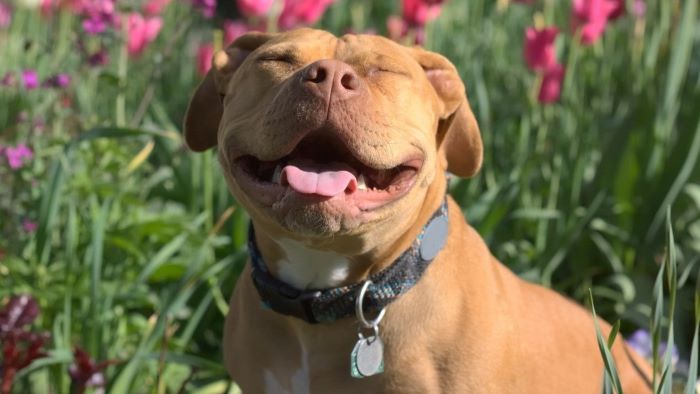
This may be harmless in most cases but may cause discomfort to your dog. So, stay tuned as we find out about this phenomenon and understand how you can take the best care❤️🩹 of your dog.
Key Takeaways
- Reverse sneezing💨 is rapid, loud inhalations through the nose that sound like honking. It’s not the same as regular sneezing.
- Common triggers include allergens, excitement, eating or drinking too fast, temperature changes, and structural factors in certain breeds.
- Episodes are brief, usually less than 30 seconds,⏳ and end on their own. Seek vet advice if they become frequent or long.
- Stay calm during episodes, minimize irritants, and see a vet if it becomes constant.
What Is Reverse Sneezing in Dogs?
Reverse sneezing is a condition that occurs in dogs and is characterized by loud, quick, and unexpected inhalations from the nose, frequently accompanied by head movements to the back. In this condition, dogs rapidly suck air in instead of blowing it out.💨
This abrupt and unusual breathing pattern can be concerning to pet owners, but it is typically harmless and self-limiting.
"Some dogs have a condition known as paroxysmal respiration,🫁 more commonly called reverse sneezing. With this condition, the dog rapidly pulls air into the nose, whereas in a regular sneeze, the air is rapidly pushed out through the nose", confirms Malcolm Weir from VCA Hospitals.
How It Differs from Regular Sneezing
Reverse sneezing differs from the standard, forward sneezing that dogs commonly display. In a regular sneeze, dogs expel air and irritants from their nasal passages with forceful removal. It’s a protective mechanism to clear the nose.
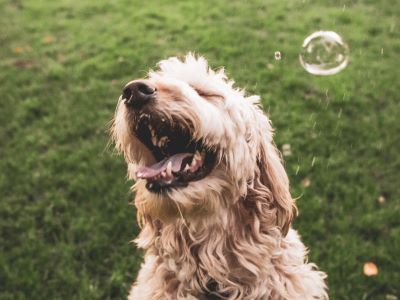
In contrast, reverse sneezing involves the rapid inhalation of air, often in response to an irritant, post-excitement, or a sudden change in temperature. Unlike regular sneezing, reverse sneezing is not triggered by expelling irritants but rather by the effort to pull in air quickly.💨
Common Triggers
Reverse sneezing episodes can be set off by a variety of elements, and it’s essential for dog owners to recognise these triggers. Some common triggers include:
- Irritants: Allergens, dust, pollen,🥀 or other particles that irritate the nasal passages can lead to reverse sneezing.
- Excitement or Stress: Dogs may experience reverse sneezing when they are excited, anxious, or stressed. This reaction is similar to how some humans might hyperventilate in stressful situations.
- Drinking or Eating: In some cases, reverse sneezing can be triggered by the dog drinking or eating too quickly,🍗🍶 causing a temporary irritation in the throat.
- Environmental Changes: Sudden temperature changes, such as moving from a warm indoor environment to a cold outdoor one, can lead to reverse sneezing.
- Anatomical Factors: Certain dog breeds with flat or brachycephalic faces may be more prone to reverse sneezing due to their unique airway structure.
Dogs may experience reverse sneezing when they’re excited,🎉 anxious, or stressed. Similar to how people might hyperventilate in tense situations.
Symptoms of Reverse Sneezing in dogs
When your dog has a reverse sneezing episode, Their chest will move rapidly, and their eyes might widen. They may extend their neck and seem frozen in place while trying to clear their airway.
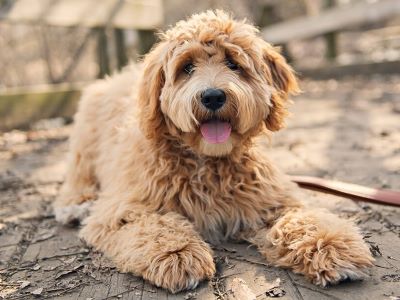
Some dogs may experience reverse sneezing episodes frequently, while others may never experience them. Here are some signs that can help you recognize reverse sneezing in dogs:
- Loud snorting or honking sounds
- Repeated inhalations🫁 through the nose
- Standing up with legs straight and elbows tensed
- Extending neck straight out, up or down
- Wide or slightly bulging eyes👀
Reverse sneezing is often harmless and normally goes away on its own, despite the fact that it can be frightening. Some dogs have it now and then, while others experience it more often. Keep track📑 of how often and for how long it happens.
Episodes of reverse sneezing in dogs usually last only about 30 seconds or less,⌛ although it might feel like a lot longer[1].
If it becomes frequent or extended, it’s wise to consult a vet,🧑⚕️ and also if your dog behaves unusually, collapses, faints, or appears extremely distressed during or after reverse sneezing.
Are Specific Dog Breeds Prone to Reverse Sneezing?
Yes, some dog breeds are more sensitive to reverse sneezing💨 than others. These breeds have shorter snouts and extended soft palates that can cause breathing difficulties. Examples include Pugs, Shih Tzus, and Bulldogs.
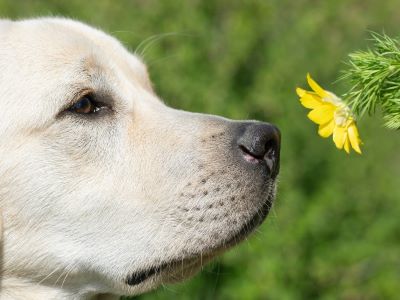
Smaller dogs like Beagles, Terriers, and Chihuahuas are also more likely to be affected, possibly due to having smaller and narrower throats and windpipes.
Dogs that are allergic to pollen, dust, mould, or certain foods may experience inflammation and irritation in the nasal passages, leading to reverse sneezing episodes.
Household products such as perfumes, air fresheners, and cleaning agents🫧🧼 can irritate a dog’s nasal passages and trigger reverse sneezing[2]. Other irritants include smoke, dust, and pollen.
Certain breeds of dogs are more prone to reverse sneezing due to their unique throat structure. For example, brachycephalic breeds such as pugs and bulldogs have shorter snouts and long soft palates that can cause breathing difficulties.
Taking Care of Dogs in Reverse Sneezing
When your dog experiences a reverse sneezing episode, it can be distressing for both you and your pet. Dogs can pick up on your emotions, so remaining calm can help reassure them.
Give your dog gentle strokes or petting to comfort them. Providing a small amount of water💧 may help clear any irritants. Let’s see it in further detail:
Techniques to Help Stop Reverse Sneezing
While reverse sneezing usually resolves on its own, you can try the following techniques to help your dog by gently placing your hand over your dog’s nose, encouraging them to swallow and stop the episode.
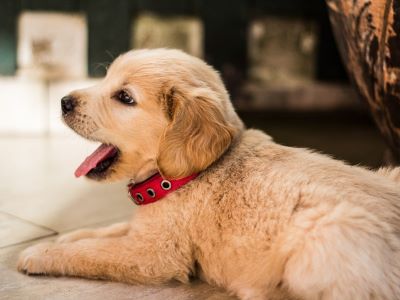
Minimize exposure to allergens like pollen, dust, or smoke. An air purifier can help reduce airborne irritants. If your dog eats too quickly, consider using a slow-feeder bowl.🥣
Serious Cases and Underlying Conditions
In some cases, reverse sneezing may indicate underlying health issues. If your dog’s episodes become more frequent, and long, or are associated with other concerning symptoms like coughing or nasal discharge, it’s vital to consult a vet.🧑⚕️
They will perform a thorough examination to rule out any serious conditions and provide guidance on further steps.
Tests and Treatments
A veterinarian may recommend diagnostic tests such as blood work, nasal swabs, or imaging (like X-rays) if they suspect an underlying issue. These tests help identify any allergies, infections,🦠 or structural abnormalities that might be contributing to the reverse sneezing.
If allergies are the culprit, antihistamines or other allergy medications may be prescribed. For bacterial infections in the nasal passages or sinuses. In cases of structural abnormalities, surgery might be necessary.
FAQs
1. Why Is My Dog Reverse Sneezing So Much?
Some irritants believed to trigger the reverse sneezing reflex in dogs include dust, nasal mites, seeds, grass, pollen and smoke or conditions such as masses or an elongated soft palate. In some cases, dogs may also begin to reverse sneeze when over-excited.
2. What Is Reverse Sneezing in Dogs?
Reverse sneezing is the common name for a condition called paroxysmal respiration. In this condition, dogs rapidly suck air in instead of blowing it out—making it effectively the opposite of a sneeze. Some dog owners only recognize this problem because of the honking sound associated with it.
3. Is Reverse Sneezing Bad for Dogs?
Although it can be alarming to witness a dog having a reverse sneezing episode, it is not a harmful condition, and there are no ill effects. The dog is completely normal before and after the episode. During a reverse sneeze, the dog will make rapid and long inspirations, stand still, and extend his head and neck.
Summary
Understanding “What is reverse sneezing in dogs?“🐶 is helpful for pet parents. It equips them for those moments where dogs may feel discomfort.
By recognising common triggers and symptoms, we can intervene at the right time and stop the situation from getting worse.
After all, it is our responsibility to provide our dogs with a happy and healthy life!💖
Reference:
- Loos, S., DVM. (2023). Reverse sneezing in dogs. PetMD
- Cvo, J. K. (2021b). What happens when a dog reverse sneezes? American Kennel Club.



